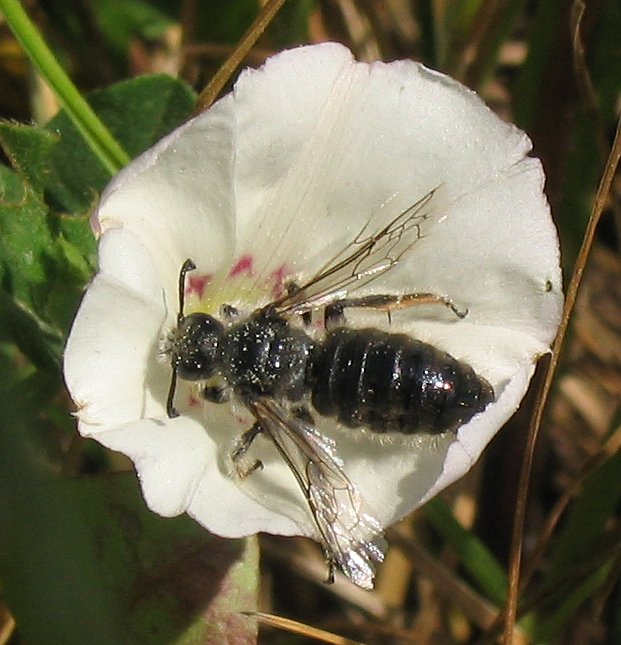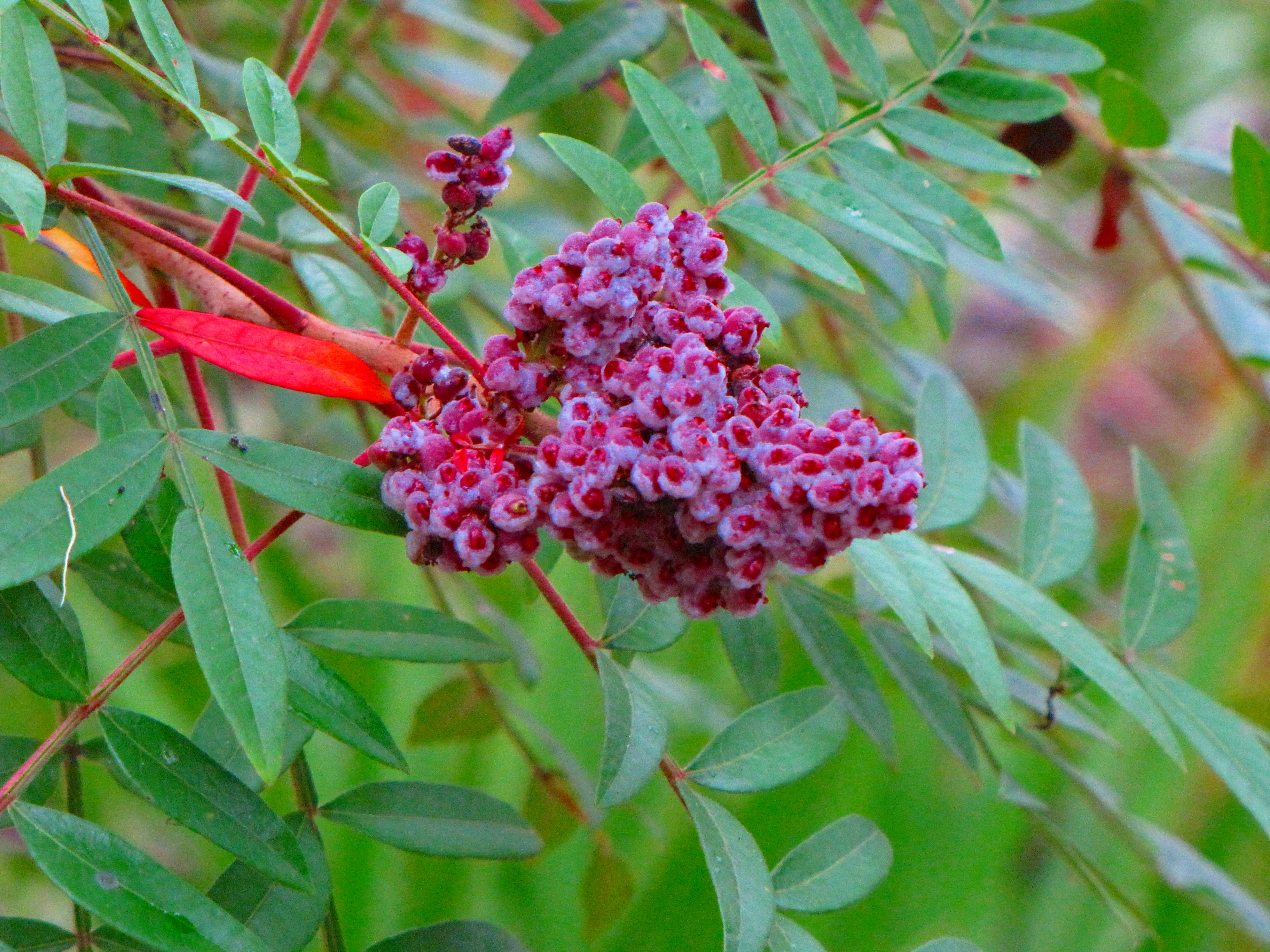|
Lasioglossum Vierecki
''Lasioglossum vierecki'', also known as ''Dialictus vierecki'' and ''Halictus vierecki'',various contributors. 2015. Hymenoptera Online (HOL). nlineAvailable fro ccessed 22 September 2015/ref> is a sand sweat bee and is part of the family Halictidae of the order Hymenoptera.Danforth B. N., Conway L., Ji S., (2003)"Phylogeny of Eusocial Lasioglossum Reveals Multiple Losses of Eusociality within a Primitively Eusocial Clade of Bees (Hymenoptera: Halictidae)"Syst. Biol., 52(1), 23–36. It is found in the eastern half of North America from Minnesota to the New England States down to Georgia and LouisianaMitchell, T.B. 1960 Bees of the Eastern United States. North Carolina Agricultural Experiment Station Technical Bulletin No. 141. cited in Eaton, E., (2008"Species Lasioglossum vierecki - Viereck's Dialictus"(Accessed: September 20, 2015). and up in Manitoba and Ontario.Lasioglossum Vierecki. (2015). In Discover Life. Retrieved fro(Accessed: September 20, 2015). Commonly found in ... [...More Info...] [...Related Items...] OR: [Wikipedia] [Google] [Baidu] |
Halictidae
Halictidae is the second-largest family of bees (clade Anthophila) with nearly 4,500 species. Halictid species are an extremely diverse group that can vary greatly in appearance. These bees occur all over the world and are found on every continent except Antarctica. Usually dark-colored (frequently brown or black) and often metallic, halictids are found in various sizes, colors and patterns. Several species are all or partly green and a few are red, purple, or blue. A number of them have yellow markings, especially the males, which commonly have yellow faces, a pattern widespread among the various families of bees. The family is one of many with short tongues and is best distinguished by the arcuate (strongly curved) basal vein found on the wing. Females in this family tend to be larger than the males. They are commonly referred to as "sweat bees" (especially the smaller species), as they are often attracted to perspiration. Ecology Most halictids nest in the ground, often in ... [...More Info...] [...Related Items...] OR: [Wikipedia] [Google] [Baidu] |
Metasoma
The metasoma is the posterior part of the body, or tagma, of arthropods whose body is composed of three parts, the other two being the prosoma and the mesosoma. In insects, it contains most of the digestive tract, respiratory system, and circulatory system, and the apical segments are typically modified to form genitalia. In a few of the most primitive insects (the Archaeognatha), the metasomal segments bear small, articulated appendages called "styli", which are often considered to be vestigial. There are also pre-apical appendages in most insect orders, called cerci, which may be multi-segmented and almost resembling a posterior pair of antennae; these may be variously modified, or lost entirely. Otherwise, most adult insects lack appendages on the metasoma, though many larval insects (e.g., caterpillars) have some form of appendages, such as prolegs or, in aquatic insects, gills. In apocritan Hymenoptera (wasps, bees and ants), the metasoma consists of the second abdo ... [...More Info...] [...Related Items...] OR: [Wikipedia] [Google] [Baidu] |
Apiaceae
Apiaceae or Umbelliferae is a family of mostly aromatic flowering plants named after the type genus '' Apium'' and commonly known as the celery, carrot or parsley family, or simply as umbellifers. It is the 16th-largest family of flowering plants, with more than 3,700 species in 434 generaStevens, P.F. (2001 onwards)Angiosperm Phylogeny Website Version 9, June 2008. including such well-known and economically important plants as ajwain, angelica, anise, asafoetida, caraway, carrot, celery, chervil, coriander, cumin, dill, fennel, lovage, cow parsley, parsley, parsnip and sea holly, as well as silphium, a plant whose identity is unclear and which may be extinct. The family Apiaceae includes a significant number of phototoxic species, such as giant hogweed, and a smaller number of highly poisonous species, such as poison hemlock, water hemlock, spotted cowbane, fool's parsley, and various species of water dropwort. Description Most Apiaceae are annual, bi ... [...More Info...] [...Related Items...] OR: [Wikipedia] [Google] [Baidu] |
Rhus Copallina
''Rhus copallinum'' (''Rhus copallina'' is also used but, this is not consistent with the rules of the International Association for Plant Taxonomy), the winged sumac, shining sumac, dwarf sumac or flameleaf sumac, is a species of flowering plant in the cashew family (Anacardiaceae) that is native to eastern North America. It is a deciduous tree growing to tall and an equal spread with a rounded crown. A 5-year-old sapling will stand about . Description Shining sumac is often cultivated, where it is well-suited to natural and informal landscapes because it has underground runners which spread to provide dense, shrubby cover for birds and wildlife. This species is valued for ornamental planting because of its lustrous dark green foliage which turns a brilliant orange-red in fall. The fall color display is frequently enjoyed along interstate highways, as the plant readily colonizes these and other disturbed sites. The tiny, greenish-yellow flowers, borne in compact, termi ... [...More Info...] [...Related Items...] OR: [Wikipedia] [Google] [Baidu] |
Anacardiaceae
The Anacardiaceae, commonly known as the cashew family or sumac family, are a family of flowering plants, including about 83 genera with about 860 known species. Members of the Anacardiaceae bear fruits that are drupes and in some cases produce urushiol, an irritant. The Anacardiaceae include numerous genera, several of which are economically important, notably cashew (in the type genus ''Anacardium''), mango, Chinese lacquer tree, yellow mombin, Peruvian pepper, poison ivy, poison oak, sumac, smoke tree, marula and cuachalalate. The genus ''Pistacia'' (which includes the pistachio and mastic tree) is now included, but was previously placed in its own family, the Pistaciaceae. Description Trees or shrubs, each has inconspicuous flowers and resinous or milky sap that may be highly poisonous, as in black poisonwood and sometimes foul-smelling. Natural System of Botany (1831)pages 125-127/ref> Resin canals located in the inner fibrous bark of the fibrovascular system foun ... [...More Info...] [...Related Items...] OR: [Wikipedia] [Google] [Baidu] |
Solidago
''Solidago'', commonly called goldenrods, is a genus of about 100 to 120''Solidago''. Flora of China. species of s in the family . Most are herbaceous perennial species found in open areas such as meadows, prairies, and savannas. They are mostly native to , including Mexico; a few species are native to South America and Eurasia. [...More Info...] [...Related Items...] OR: [Wikipedia] [Google] [Baidu] |
Monarda
''Monarda'' is a genus of flowering plants in the mint family, Lamiaceae.Harley, R. M., et al. 2004. "Labiatae". pp 167-275 In: Kubitzki, K. (editor) and J. W. Kadereit (volume editor). ''The Families and Genera of Vascular Plants'' volume VII. Springer-Verlag: Berlin; Heidelberg, Germany. The genus is endemic to North America. Common names include bergamot, bee balm, horsemint, and oswego tea, the first being inspired by the fragrance of the leaves, which is reminiscent of bergamot orange (''Citrus bergamia''). The genus was named for the Spanish botanist Nicolás Monardes, who wrote a book in 1574 describing plants of the New World. Description ''Monarda'' species include annual and perennial herbaceous plants. They grow erect to heights of . The slender, serrated, lanceolate leaves are oppositely arranged on the square stem, hairless or sparsely hairy, and about 7 to 14 centimeters long. The flowers are tubular and bilaterally symmetric, with a narrow upper lip and a wi ... [...More Info...] [...Related Items...] OR: [Wikipedia] [Google] [Baidu] |
Helianthus
''Helianthus'' () is a genus comprising about 70 species of annual and perennial flowering plants in the daisy family Asteraceae commonly known as sunflowers. Except for three South American species, the species of ''Helianthus'' are native to North America and Central America. The best-known species is the common sunflower (''Helianthus annuus''), whose round flower heads in combination with the ligules look like the Sun. This and other species, notably Jerusalem artichoke (''H. tuberosus''), are cultivated in temperate regions and some tropical regions, as food crops for humans, cattle, and poultry, and as ornamental plants. The species ''H. annuus'' typically grows during the summer and into early fall, with the peak growth season being mid-summer. Several perennial ''Helianthus'' species are grown in gardens, but have a tendency to spread rapidly and can become aggressive. On the other hand, the whorled sunflower, ''Helianthus verticillatus'', was listed as an endangere ... [...More Info...] [...Related Items...] OR: [Wikipedia] [Google] [Baidu] |
Specularia
''Legousia'' (Venus' looking-glass) is a genus of flowering plants in the family Campanulaceae, native to Europe. Species in the genus used to be placed under genus ''Specularia'' along with plants in genera '' Triodanis'' and '' Heterocodon'' as well as some species in genus ''Campanula''. However, the division has been confirmed evolutionarily comprehensive by a Campanulaceae phylogeny based on DNA molecular evidence. Species ''Legousia '' species include: * ''Legousia falcata'' * ''Legousia hybrida'' * ''Legousia julianii'' * ''Legousia pentagonia'' * ''Legousia scabra'' * ''Legousia skvortsovii'' *''Legousia snogerupii'' Tan, Biel & Sfikas. 2015 * ''Legousia speculum-veneris ''Legousia speculum-veneris'', the looking glass or large Venus's-looking-glass, is an annual ornamental plant in the family Campanulaceae (bellflowers). It blooms from June to August and is native to the Mediterranean region. Synonyms * ''Camp ...'' Synonyms * ''Apenula'' * ''Legouzia'' * ... [...More Info...] [...Related Items...] OR: [Wikipedia] [Google] [Baidu] |
Rubus
''Rubus'' is a large and diverse genus of flowering plants in the rose family, Rosaceae, subfamily Rosoideae, with over 1,350 species. Raspberries, blackberries, and dewberries are common, widely distributed members of the genus. Most of these plants have woody stems with prickles like roses; spines, bristles, and gland-tipped hairs are also common in the genus. The ''Rubus'' fruit, sometimes called a bramble fruit, is an aggregate of drupelets. The term "cane fruit" or "cane berry" applies to any ''Rubus'' species or hybrid which is commonly grown with supports such as wires or canes, including raspberries, blackberries, and hybrids such as loganberry, boysenberry, marionberry and tayberry. The stems of such plants are also referred to as canes. Description Most species in the genus are hermaphrodites, '' Rubus chamaemorus'' being an exception. ''Rubus'' species have a basic chromosome number of seven. Polyploidy from the diploid (14 chromosomes) to the tetrade ... [...More Info...] [...Related Items...] OR: [Wikipedia] [Google] [Baidu] |
Hydrangea
''Hydrangea'', () commonly named the hortensia, is a genus of over 75 species of flowering plants native to Asia and the Americas. By far the greatest species diversity is in eastern Asia, notably China, Korea, and Japan. Most are shrubs tall, but some are small trees, and others lianas reaching up to by climbing up trees. They can be either deciduous or evergreen, though the widely cultivated temperate species are all deciduous. ''Hydrangea'' is derived from Greek and means ‘water vessel’ (from ''húdōr'' "water" + ''ángos'' or ''angeîon'' "vessel"), in reference to the shape of its seed capsules. The earlier name, ''Hortensia'', is a Latinised version of the French given name Hortense, honoring French astronomer and mathematician Nicole-Reine Hortense Lepaute. This claim is disputed in page 88 on citation 10 at Nicole-Reine Hortense Lepaute page, which says: "Larousse considers this an injustice, and remarks that it has led many persons to the erroneous notion t ... [...More Info...] [...Related Items...] OR: [Wikipedia] [Google] [Baidu] |
Ceanothus
''Ceanothus'' is a genus of about 50–60 species of nitrogen-fixing shrubs and small trees in the buckthorn family (Rhamnaceae). Common names for members of this genus are buckbrush, California lilac, soap bush, or just ceanothus. ''"Ceanothus"'' comes from grc, κεάνωθος (''keanōthos''), which was applied by Theophrastus (371–287 BC) to an Old World plant believed to be ''Cirsium arvense''. The genus is native to North America with the highest diversity on the western coast. Some species (e.g., '' C. americanus'') are restricted to the eastern United States and southeast Canada, and others (e.g., '' C. caeruleus'') extend as far south as Guatemala. Most are shrubs tall, but '' C. arboreus'' and '' C. thyrsiflorus'', both native to California, can be small multi-trunked trees up to tall. Taxonomy and etymology There are two subgenera within this genus: ''Ceanothus'' and ''Cerastes''. The former clade is less drought-resistant, having bigger leaves. The evolution of ... [...More Info...] [...Related Items...] OR: [Wikipedia] [Google] [Baidu] |



_langs_de_weg_bij_Ragas_aan_de_baai_van_Banten_TMnr_10012892.jpg)




